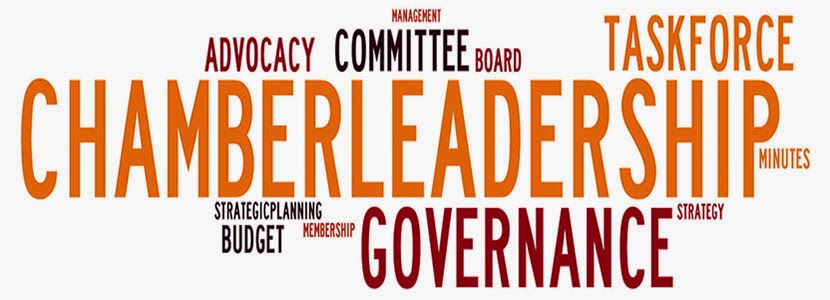There have been many articles on how to get your members engaged in your organization and how an engaged member is a retained member.
A great way to drive value with your members is by focusing on a SoMoLo strategy. This is a term I have heard over the years – or in other words, make your connections with your members social, mobile, and local.
Most chambers are using Social Media – (Facebook, Instagram, Twitter, etc.).
The key is are you making sure all of your communications can be maximized on a mobile device?
And of course the final piece of the SoMoLo strategy is are you focusing on your community? Speaking of the local piece, there is a saying at Institute for Organization Management, if you’ve met one chamber, you’ve met one chamber. All the more reason to focus on your local program of work.
Can your members not only receive but easily sign-up for your programs? Do you have true e-commerce on your mobile site?
I would be remiss if I didn’t mention some stats from the digital space to back-up why it is so important to focus on your SoMoLo strategy:
- 91% of adults have their mobile phone within arm’s reach - every hour of every day!
- 72% of consumers who did a local search visited a store within five miles. (Wordstream, 2016)
- 30% of mobile searches are related to a location. (Google, 2016) 28% of searches for something nearby result in a purchase. (Google, 2016)
- Local searches lead 50% of mobile users to visit stores within one day. (Google, 2018)
- Nearly one-third of all mobile searches are location-based queries. (The SEM Post, 2016) (Source: https://www.hubspot.com/marketing-statistics)
For a great blog post by Hubspot to get the above statistics and so much more go HERE.
Good luck with your SoMoLo strategy!





